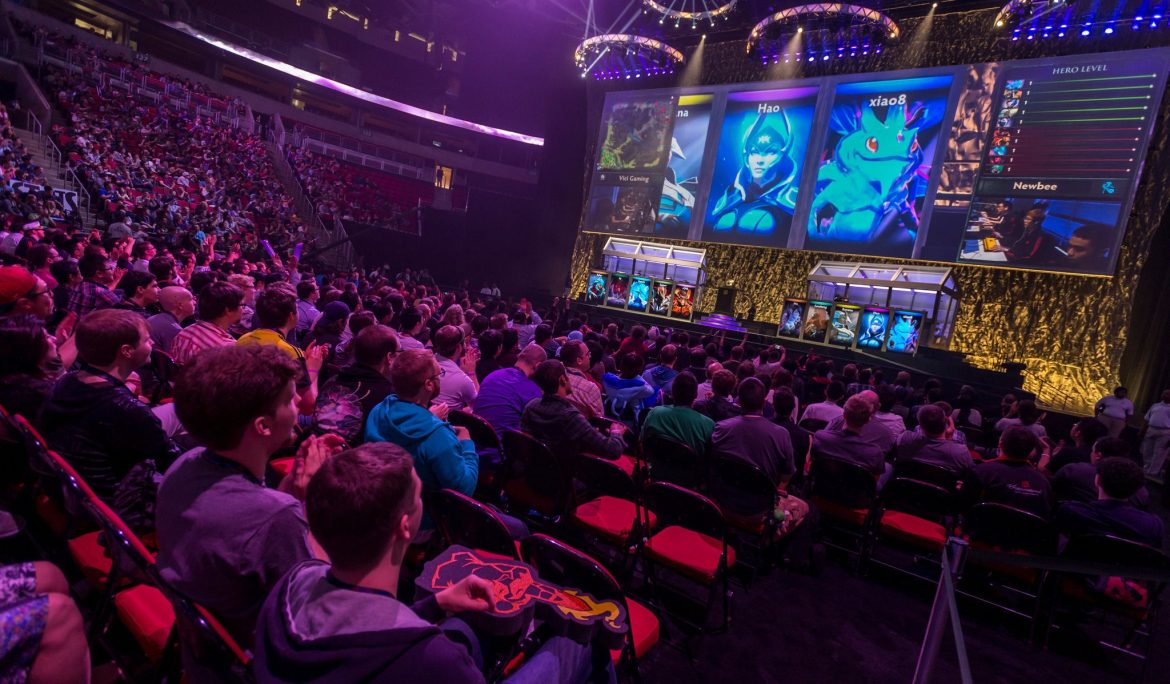In recent years, eSports has emerged as a global phenomenon, captivating millions of players and spectators alike. What was once considered a niche hobby has evolved into a multi-billion dollar industry, with professional players competing for lucrative prizes in tournaments watched by millions around the world. Let’s delve into the world of eSports and explore its rapid growth, key components, and future prospects.
The Rise of eSports: From Niche Hobby to Global Spectacle
The rise of eSports can be attributed to several factors, including advancements in technology, the proliferation of online gaming platforms, and the growing popularity of competitive gaming among younger generations. With the advent of high-speed internet and streaming services, eSports tournaments can now be broadcasted to a global audience in real-time, reaching viewership numbers that rival traditional sports events.
Moreover, the increasing professionalism and structure within the eSports industry have attracted corporate sponsors, investors, and advertisers eager to capitalize on its immense popularity. Major brands across various industries, from energy drinks to apparel companies, are now investing heavily in eSports partnerships and sponsorships, further fueling its growth and mainstream acceptance.
The Components of eSports: Players, Teams, and Tournaments
At the heart of eSports are the players, whose exceptional skills and dedication drive the competitive spirit of the industry. Professional eSports athletes, often referred to as “pro gamers,” devote countless hours to honing their craft, mastering complex strategies, and perfecting their reflexes in pursuit of victory. Many top players have achieved celebrity status, garnering large fan followings and lucrative endorsement deals.
In addition to individual players, eSports also revolves around teams, which compete in organized leagues and tournaments across a variety of games and genres. These teams, backed by sponsors and management organizations, recruit top talent and provide support in areas such as training, travel, and marketing. The camaraderie and teamwork exhibited by eSports teams mirror those of traditional sports, fostering a sense of community and belonging among players and fans alike.
The Future of eSports: Continued Growth and Innovation
As eSports continues to gain momentum, industry experts predict continued growth and innovation in the years to come. Advances in technology, such as virtual reality and augmented reality, are expected to further enhance the immersive gaming experience, blurring the lines between virtual and physical reality. Moreover, the globalization of eSports is opening up new markets and opportunities for expansion, particularly in regions such as Asia and Latin America, where gaming culture is deeply ingrained.
Furthermore, the convergence of eSports with traditional sports and entertainment is creating new avenues for collaboration and cross-promotion. Major sports leagues and entertainment companies are increasingly investing in eSports teams and events, recognizing the immense potential for synergies and audience engagement. As eSports continues to evolve and diversify, it is poised to become a dominant force in the entertainment landscape, captivating audiences of all ages and backgrounds.
In conclusion, eSports represents a dynamic and rapidly growing industry that is reshaping the landscape of competitive gaming and spectatorship. With its global reach, passionate fan base, and innovative spirit, eSports is poised to become a mainstream form of entertainment in the 21st century and beyond. Whether you’re a casual gamer or a die-hard eSports enthusiast, the future looks bright for this exciting and evolving industry.



